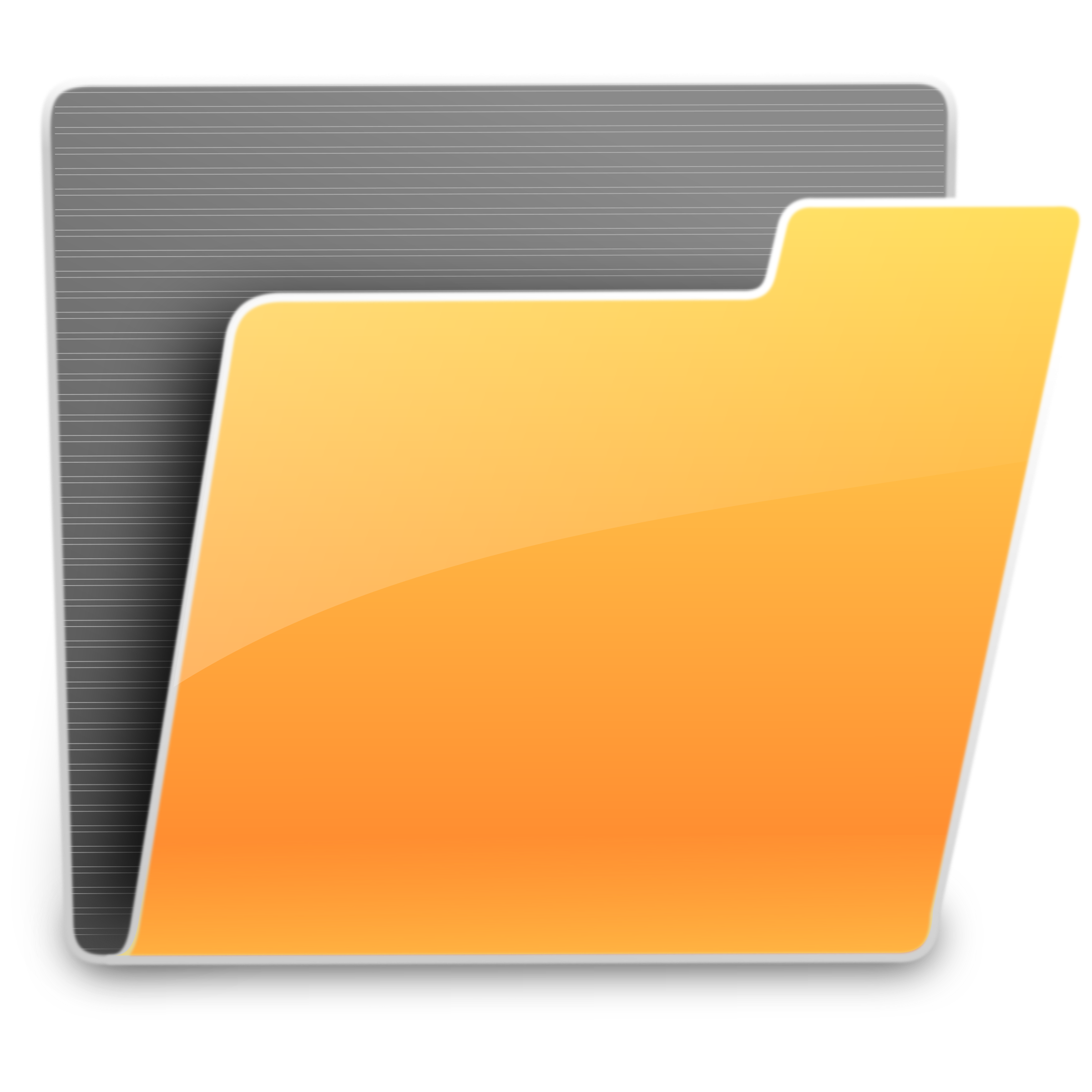
It also shows your professional approach towards work.

With folders you can stalk all your alike documents at one place. What if there was no option for creating folders? The computer would look more like a mess and you would have to struggle to find out every single document. See here for more info.Folders make your work much easier and professional. The solution is to either not compress the icon or create a second version without the (compressed) 256 icon. Just a note about Windows XP compatibility: If you reuse the icon as window icon, then note that this can crash your application if you use a compressed 256 icon. Otherwise, it is upscaled from a smaller icon, which may look quite ugly. Note that the default desktop icon size in XP was 32x32, while in Windows 7 it is 48x48.Īs a consequence, for Windows 7 it is relatively important to have a 48 icon. So we have a (possibly large) empty area with the 48 icon in the middle. The 256 icon is only used for these if no other sizes are available! So if the icons are size 16 and 256, the other sizes are upscaled from the 16 icon!Īdditionally, if the 256 icon is not there, the (possibly generated) 48 icon is used, but not resized anymore. So if we have icons with size 16 and 48, the 32 icon is created from the 48 icon. With sizes of 16, 32, and 48, if one is missing, downscaling is preferred. The missing sizes are generated (obviously). I also checked in Windows 7 what happens if icon sizes are missing: All other intermediate icon sizes are ignored (they may be used in some area which I didn't check). So the result: Windows XP uses 16, 32, 48-size icons, while Windows 7 (and presumably also Vista) also uses 256-size icons. Badge (for lockscreen): 24x24, monochromatic.Zooming using Ctrl+Mouse wheel: 16, 32, 48, 256.Large symbols: 256 (resized, if necessary).All other options: 256 (resized, if necessary).Right-click->Properties / choosing a new icon: 32.If using a larger DPI, the larger sizes may be used (only checked this a bit in Windows 7).


 0 kommentar(er)
0 kommentar(er)
